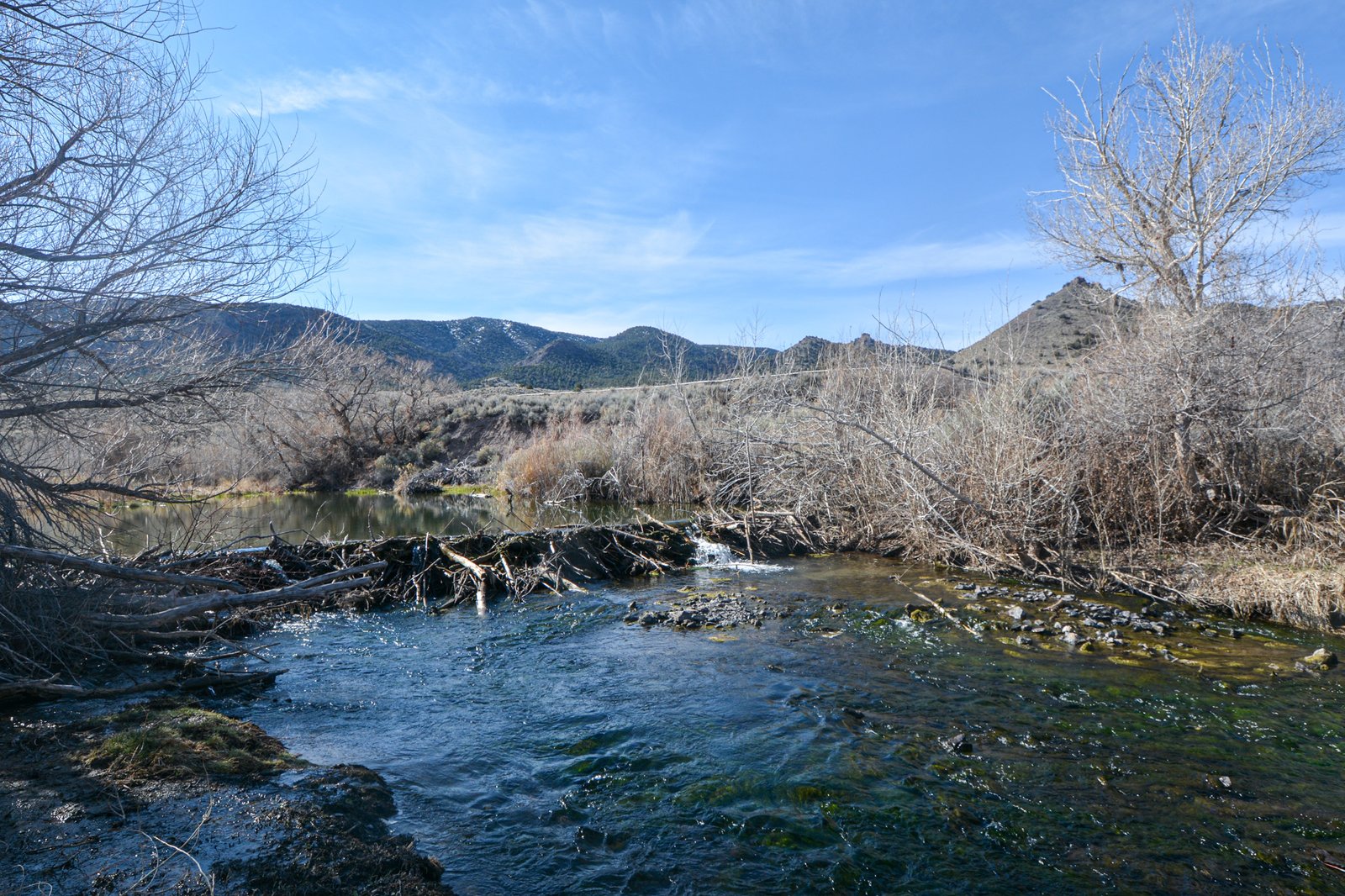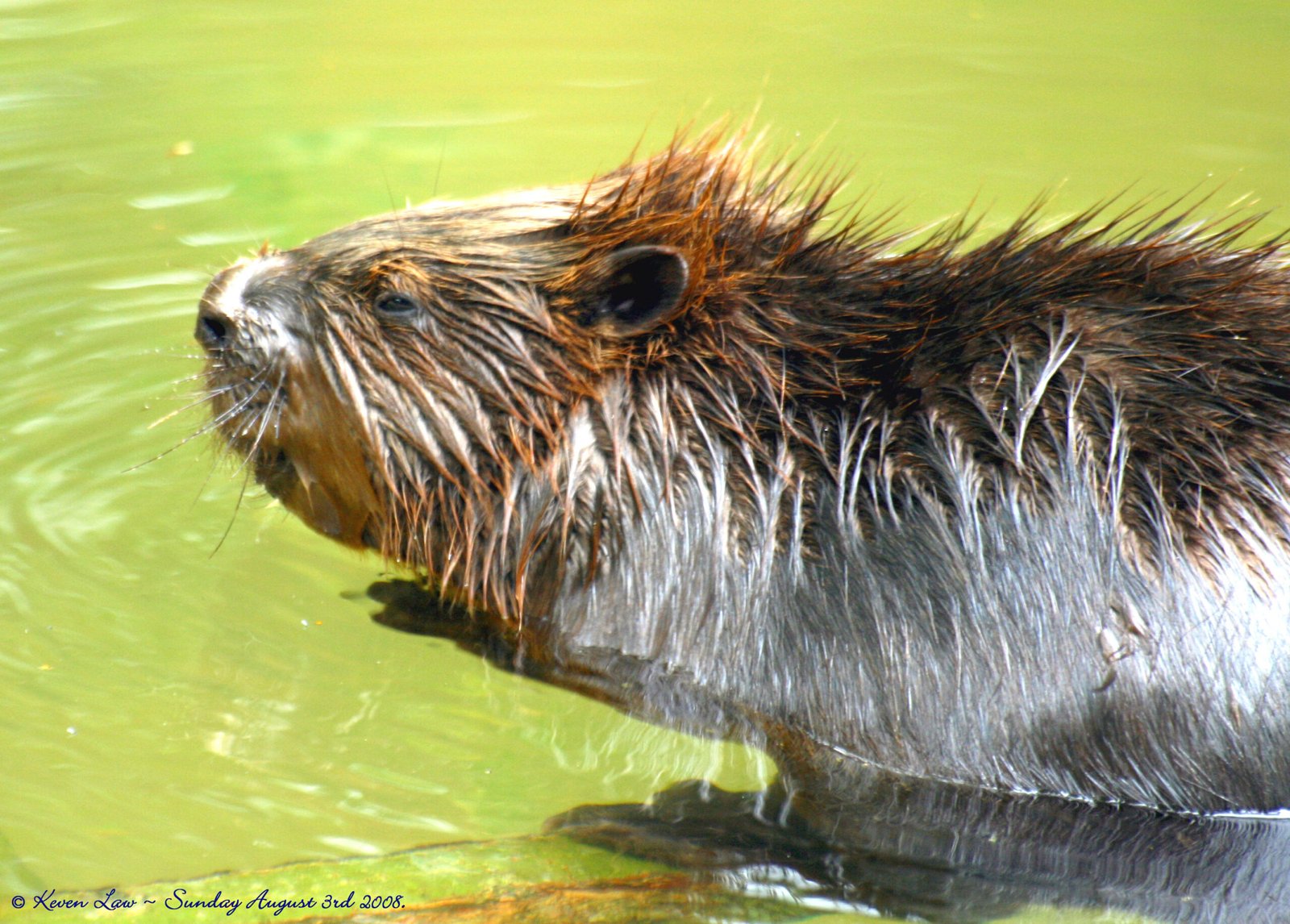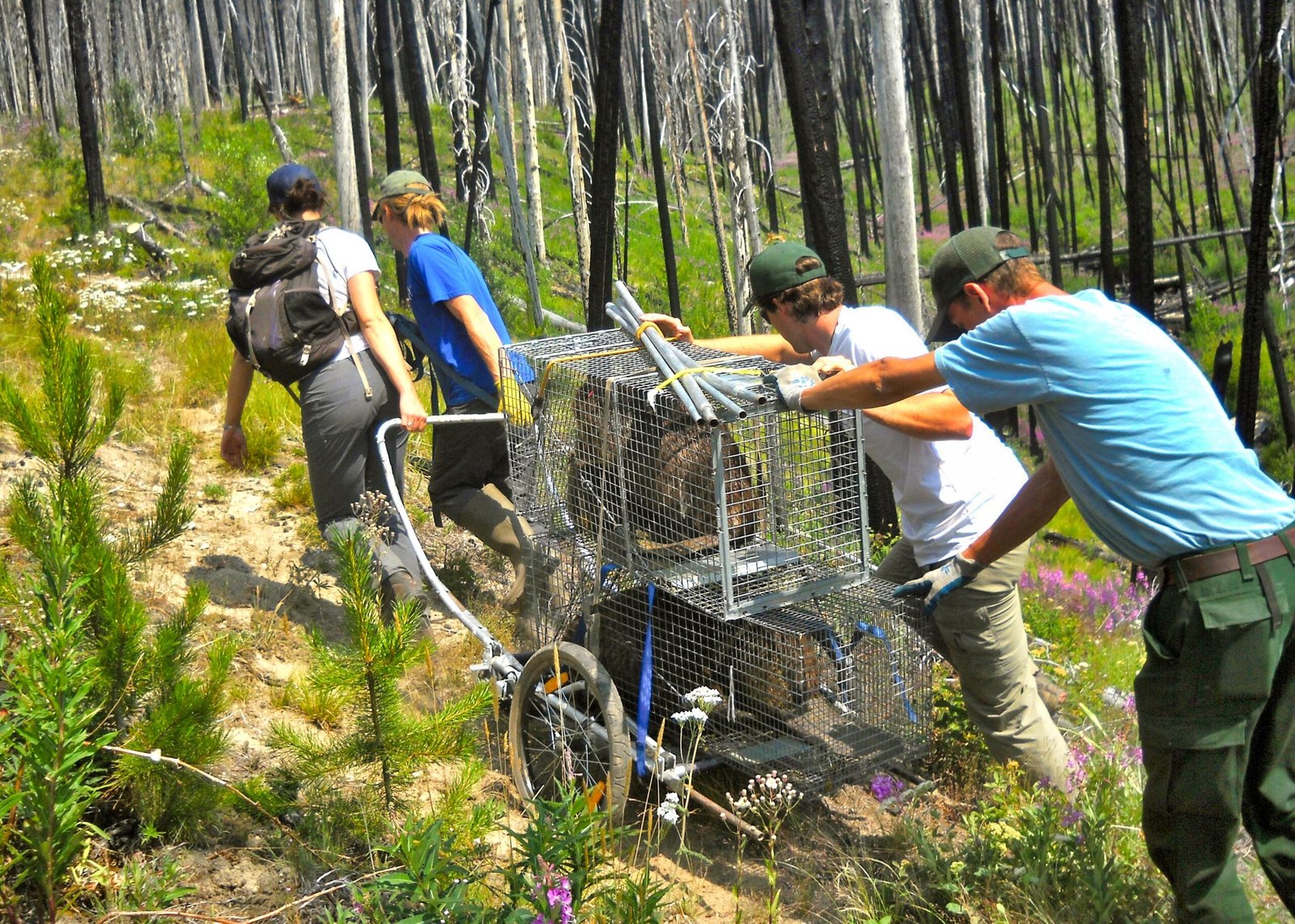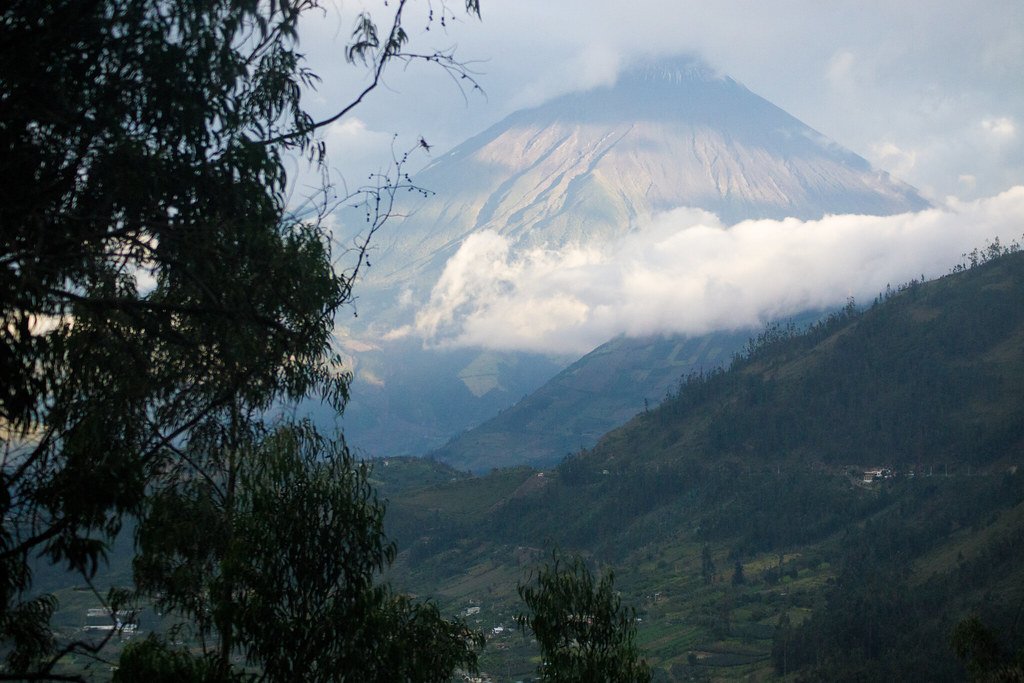Imagine standing quietly on the banks of the River Avon at dusk. The air is cool, the water glimmers, and suddenly, a brown, flat-tailed silhouette glides across the surface. It’s a beaver—once vanished from these waters for hundreds of years, now making a triumphant and surprising return. Their comeback is more than a curiosity; beavers are nature’s unmatched engineers, reshaping the rhythms of rivers, breathing life into wetland habitats, and inspiring awe in everyone lucky enough to witness their handiwork. England’s experiment with the return of beavers to the Avon is a testament to hope, resilience, and the astonishing power of wildlife to heal the land.
The Long Silence: Beavers Lost from England

For centuries, beavers were a familiar sight across the English countryside. Their dams and lodges dotted rivers and streams, supporting lush wetlands teeming with life. But by the 16th century, relentless hunting for their fur, meat, and castoreum oil drove them to extinction in Britain. The rivers grew quieter, their once-busy architects gone. Without beavers, landscapes changed—wetlands dried up, and once-diverse habitats faded. The loss wasn’t just ecological; it left a gap in the country’s natural heritage, an absence felt by generations who never knew the beaver’s gentle, purposeful presence.
Why the Avon? Choosing a River for Reintroduction

The River Avon, winding through the heart of southern England, was selected as a key site for beaver reintroduction. This choice was not random. The Avon’s varied landscape, with its mix of woodland, meadows, and slow-flowing waters, offered a perfect stage for beavers to showcase their skills. Conservationists also saw the Avon as a place where the positive impacts of beavers could shine—improving water quality, reducing floods, and supporting wildlife diversity. The region’s communities, eager for a closer connection to nature and hopeful for ecological renewal, embraced the project with anticipation and curiosity.
The Return: How Beavers Were Reintroduced

Bringing beavers back to the Avon wasn’t as simple as setting them loose. It required careful planning, scientific study, and community engagement. Conservation teams sourced healthy beavers from established populations in Europe, ensuring they were disease-free and genetically suitable for release. Before reintroduction, environmental impact assessments were carried out to anticipate challenges and set realistic goals. The beavers were gradually released into secure, monitored enclosures, allowing them to adapt and settle in before exploring the wider river. Every step was guided by science and a deep respect for the animals and the landscape they were about to transform.
Master Builders: Beavers’ Surprising Impact on the River
Once released, the beavers wasted no time getting to work. Their powerful teeth and boundless energy turned the Avon’s banks into a living laboratory. They built dams from branches and mud, creating pools and wetlands where only shallow streams once flowed. These structures slowed down water, helping to reduce erosion and filter out pollutants. Incredibly, the beavers’ engineering also helped to hold back floodwaters during heavy rains, protecting downstream communities. The transformation was dramatic—sections of the river began to teem with new life, and old channels sparkled with fresh vitality.
Boosting Biodiversity: A Ripple Effect Through the Ecosystem
The beavers’ return sparked a remarkable revival in the Avon’s biodiversity. Their dams created calm ponds that became magnets for dragonflies, frogs, and fish. Wetlands flourished, providing homes for rare birds like kingfishers and herons. Even plants benefited—the wetter ground nurtured wildflowers and reeds, bringing color and life to previously dry stretches. This explosion of biodiversity wasn’t just good for wildlife; it also delighted local people, who now enjoyed richer, more vibrant landscapes. The beavers, it turned out, were not just building dams—they were rebuilding the web of life itself.
Water Quality Warriors: Beavers as Natural Filtration Experts
One of the most astonishing benefits of beaver activity is their ability to purify water. As streams flow through beaver ponds, sediments and pollutants settle out, leaving cleaner water downstream. Scientists observed that nitrates and phosphates, which can harm aquatic life, were consistently lower in beaver-influenced waters. The beavers’ wetlands acted like giant natural filters, quietly working day and night to improve the health of the river. For communities drawing drinking water from the Avon, this meant safer, fresher supplies—an unexpected gift from their new neighbors.
Flood Fighters: How Beavers Help Tame the Waters
Flooding is a constant worry in many English communities, especially as climate change makes weather more unpredictable. Beavers, with their instinct to build dams, became unlikely heroes in the fight against floods. Their dams slowed the rush of stormwater, spreading it out and allowing it to soak into the ground. Instead of torrents racing downstream, water moved gently and steadily, reducing the risk of sudden floods. Villages along the Avon soon noticed fewer dramatic water surges after heavy rains. The beavers’ humble construction projects offered a natural, cost-effective solution to a problem that had plagued the region for years.
Challenges and Concerns: Finding Balance with Beavers
Not everyone welcomed the beavers with open arms. Farmers worried that the animals might flood fields or fell valuable trees. Anglers wondered if dams would block fish from reaching their spawning grounds. Conservationists worked hard to address these concerns, using fencing, tree guards, and regular monitoring to minimize conflicts. Open communication and community involvement were key—by listening to local voices and adapting management strategies, the project found a balance between nature’s needs and people’s livelihoods. The process wasn’t always easy, but it proved that coexistence is possible when dialogue and science go hand in hand.
Community Connections: Beavers and People Reunited
The return of the beavers sparked excitement and pride among local residents. Guided tours, nature walks, and school visits brought people of all ages to the riverbanks, eager to spot these fascinating animals and the changes they inspired. Artists painted beaver scenes, poets wrote about their journeys, and social media buzzed with photos and stories. For many, the beavers became symbols of hope—a living reminder that positive change is possible. The project fostered a new sense of stewardship for the river, uniting communities in the shared joy of watching nature recover and thrive.
Science in Action: Monitoring Beavers’ Impact
To truly understand the effects of beaver reintroduction, scientists kept a close watch on the Avon. They measured water levels, tracked wildlife populations, and studied plant growth across the changing landscape. Using drones, camera traps, and field surveys, researchers collected mountains of data, piecing together a detailed picture of how beavers were reshaping the ecosystem. The findings were clear: beavers brought measurable benefits, from cleaner water to richer habitats. These scientific insights not only guided local management but also inspired similar projects across the UK, demonstrating the value of evidence-based conservation.
A Vision for the Future: What Could Be Next?
The story of beavers in the Avon is still unfolding, but its lessons are already echoing far beyond the riverbanks. Conservationists dream of a future where beavers return to more rivers, turning barren stretches into flourishing wetlands. Their success on the Avon offers hope that nature can heal, if given a chance. The project also challenges us to rethink our relationship with wildlife—not as distant observers, but as active partners in restoration. As climate challenges mount, could the humble beaver show us a way forward, blending ancient instincts with modern needs?
The reintroduction of beavers to the Avon is a story of renewal, resilience, and the incredible power of nature’s engineers to transform a landscape. What other surprises might be waiting in the wild, just beyond the next bend in the river?



